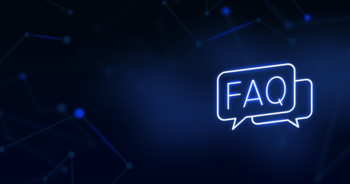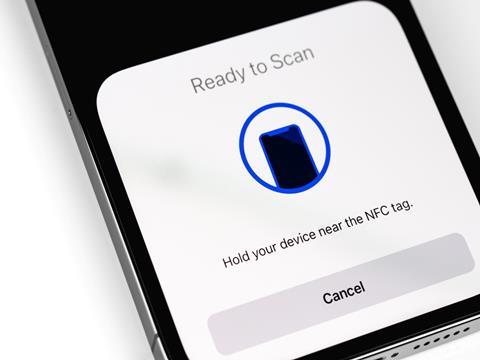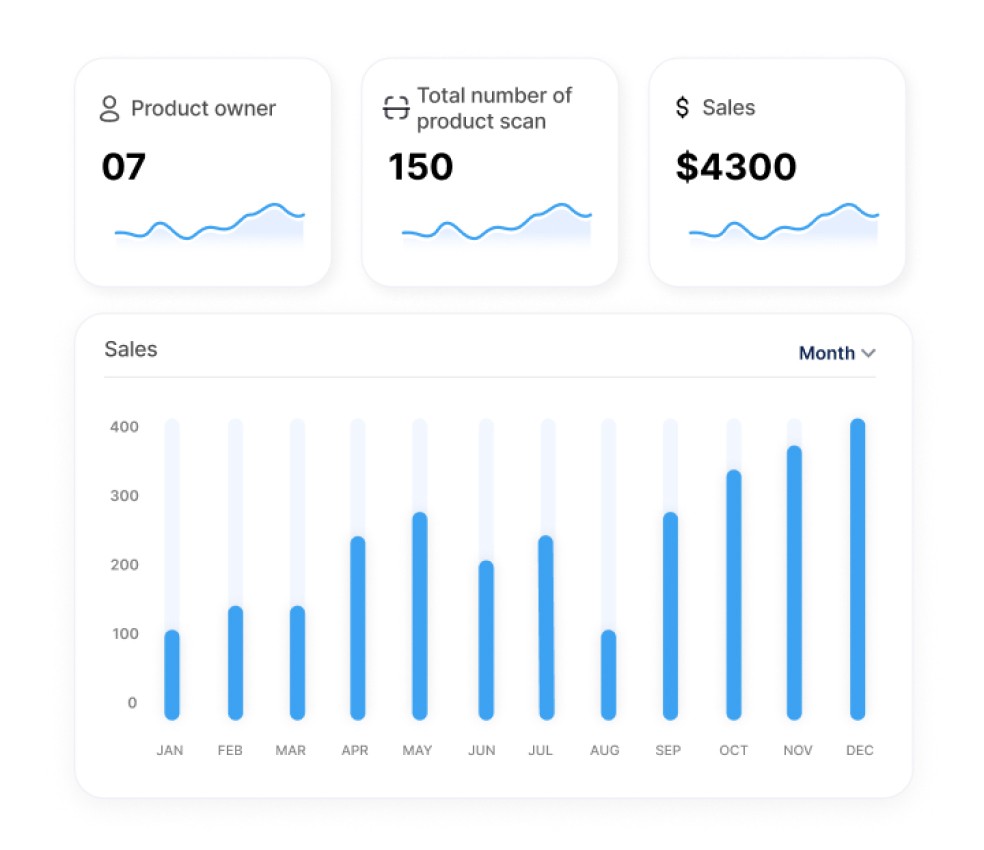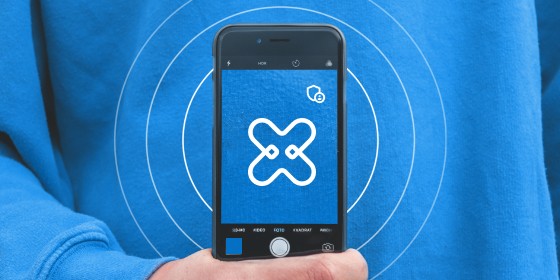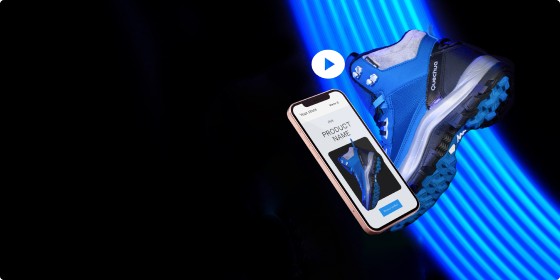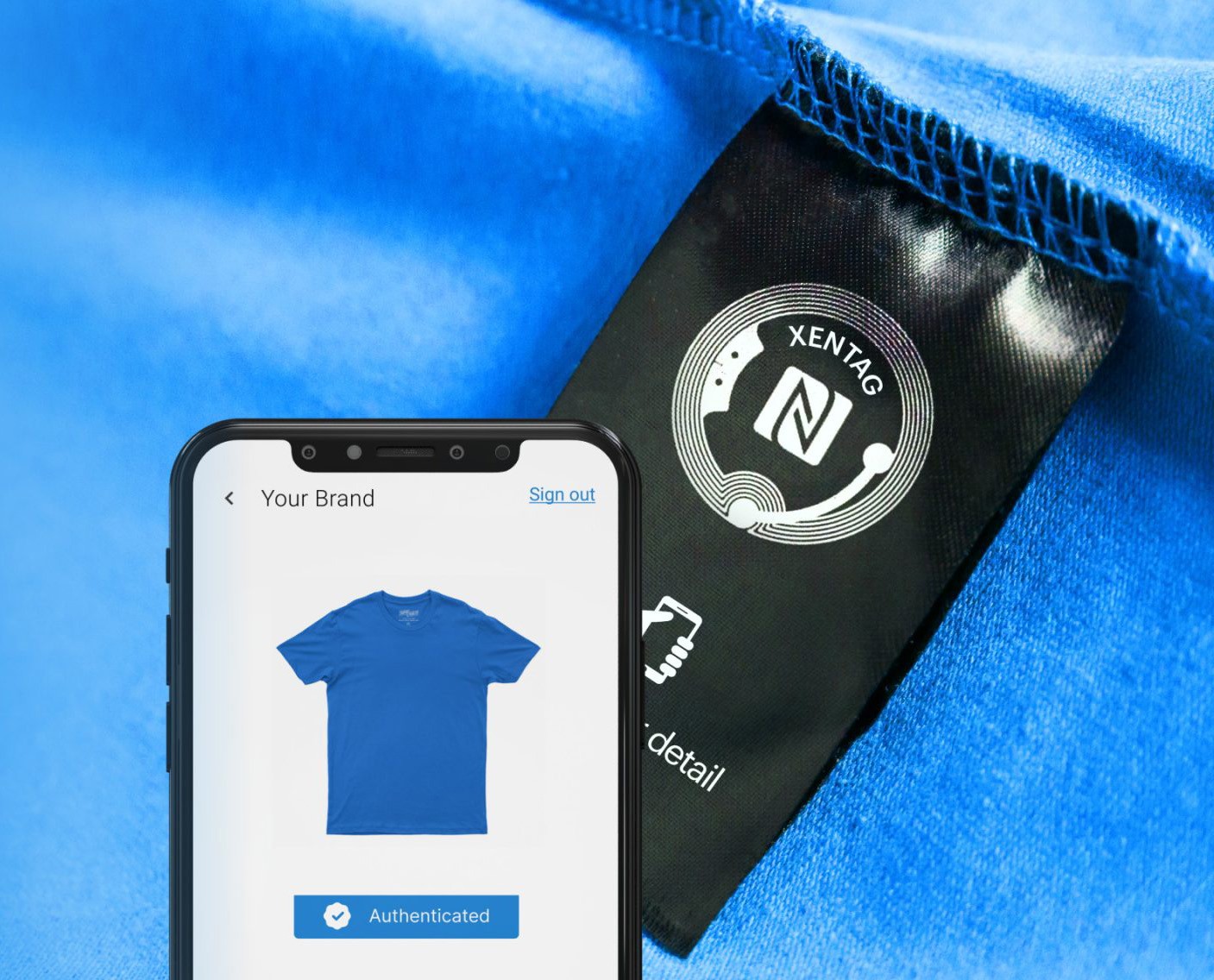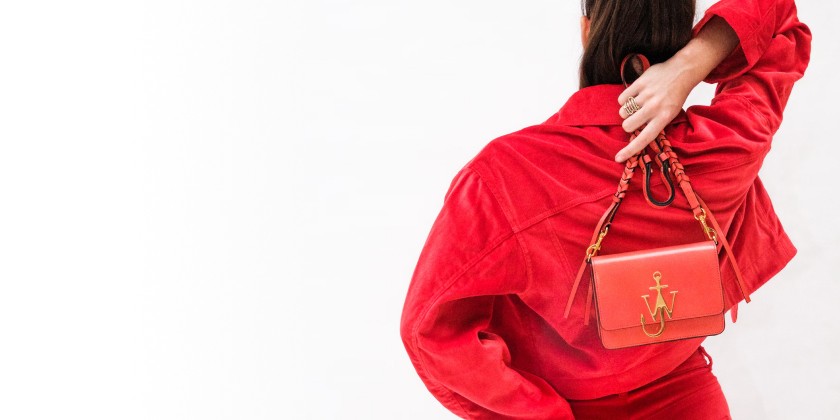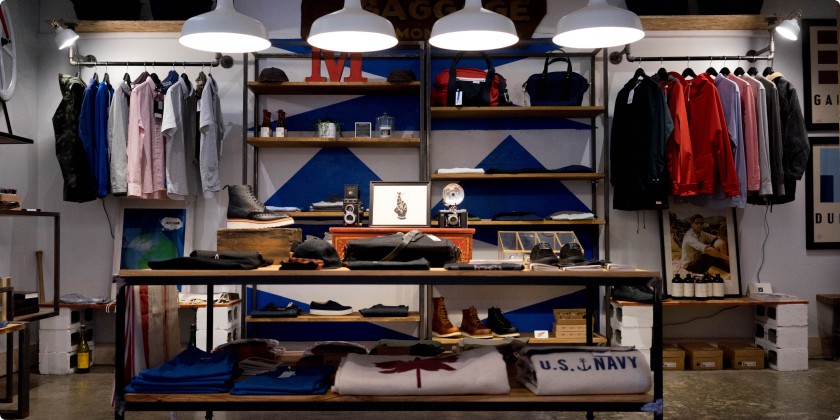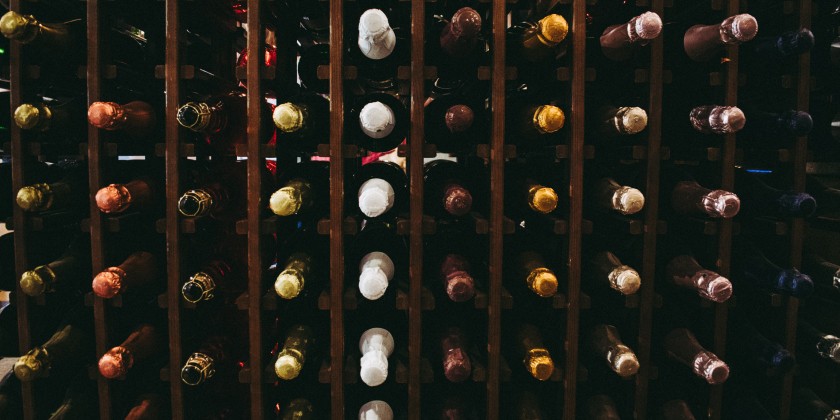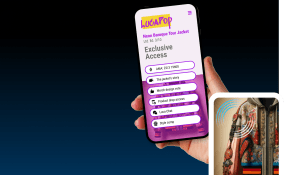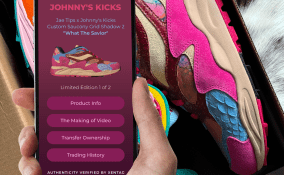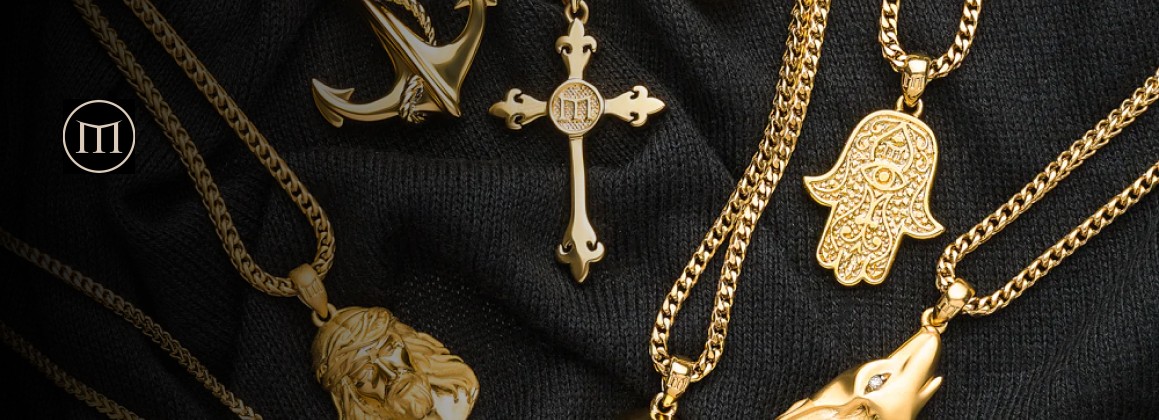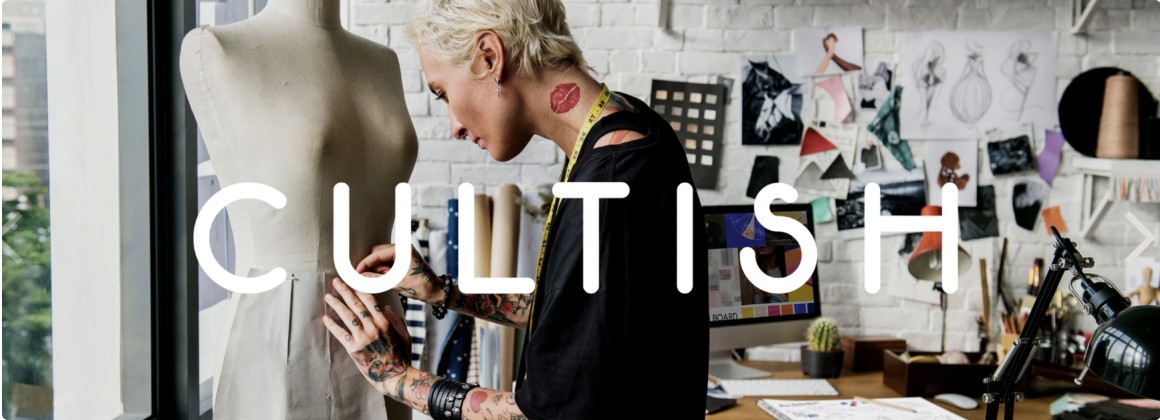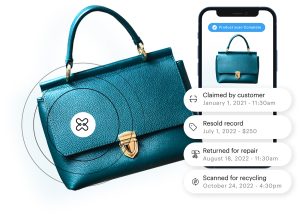Wine counterfeiting is about as old as wine making itself. The fact that an estimated 20% to 25% of wine sold worldwide is fraudulent in some way is a sobering issue that plagues the entire industry.
Rare and collectible wines have always been a prime counterfeiting target, with crooks diluting or substituting fine wines with less expensive vintages. Now, the problem now extends to mid and lower-tier wines, with even $10 to $15 bottles falling victim to counterfeiting.
Criminals have realized that it’s much easier and far more profitable to produce mass quantities of fake lower-cost vintages than to attempt creating a perfect Château Lafite Rothschild dupe. A globalized supply chain and increase in market demand only fuels the opportunity to make a quick buck nearly undetected.
In one instance, UK consumers were sold bottles of fake Yellow Tail that contained an odd-tasting substance. Back in 2011, hundreds of bottles of fraudulent Jacob’s Creek wine made it into the UK market. In both instances, fraud was only detected by consumers who drank the wine and noticed the difference. The counterfeit Jacob’s Creek bottles that were imported into the UK originated in China, rather than Australia.
Around 15% of wine sold under the Côtes du Rhône appellation from 2013 to 2016 was faked through high-level counterfeiting activity. This translates roughly to 13 Olympic swimming pools filled with inferior wine.
French police recently busted a gang who used basic printing equipment to pass lower-cost Spanish wine off as Bordeaux. Those fraudsters made hundreds of thousands of bottles of fake wine before they were caught and had respected supermarkets and other international purchasers as customers. Another notorious fraud saw millions of bottles of Spanish wine passed off as French rosé.
The growing Asian wine market is one of the biggest global targets for counterfeiting and other crimes, with rampant fraud found from entry-level to high-end products. Hong Kong has even turned into what one expert has described as a “fake wine dumping ground”. In the most severe cases, so-called wine sold in stores doesn’t even contain grapes.
Fraud, counterfeiting, and forgery are pervasive throughout the entire wine sector. It’s a $9 billion-a-year problem that can’t be solved with the traditional bottle-by-bottle manual authentication approach. The industry needs a way to mass-protect bottles at source and enable efficient verification along distribution channels.
Smart packaging technologies enabled with NFC tags offers an optimal way to do this.
NFC Tags
Near Field Communication (NFC) is an encrypted communication technology that works between two devices in close proximity to each other. One device has a passive smart chip – or NFC tag – that stores and sends information. Another device has an NFC reader that activates the chip and receives its information.
NFC tags can be placed on smart cards, electronic devices, product packaging and physical objects. Smartphones can read them via third-party apps or built-in capabilities. XenTag, for example, can program read NFC tags without a third-party app.
Smart keycards, contactless card payments, virtual wallets, and ticketing systems all run on this technology.
Authenticating Wine with NFC Tags
NFC tags is a versatile, accessible, and convenient communication technology that already has widespread consumer adoption. Tags can be attached directly to objects or built into product packaging. Plus, these smart labels can store rich information and be integrated with software solutions, like inventory management and tracking programs.
This makes them perfect for branding, counterfeit-proofing, and authenticating wine bottles, pallets, and other forms of inventory.
- Wine producers can equip their packaging with inventory verification information, along with brand-focused content, such as varietal education or links to other assets.
- Distributors, wholesalers, and retailers can scan codes to instantly validate incoming inventory and provide supply chain updates.
- Consumers can scan codes to confirm they’re getting the real deal, see enhanced product information, and cross over into new brand-owned experiences.
NFC tags enable counterfeit-proofing mass inventory quantities, instant and interactive verification, real-time supply chain and distribution updates, and enhanced branding opportunities. Industry stakeholders can shore up confidence, maintain brand integrity, and keep consumers safe.
It’s a fresh and modern way to solve an ancient problem.


